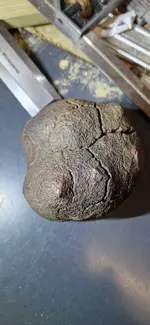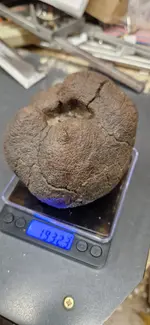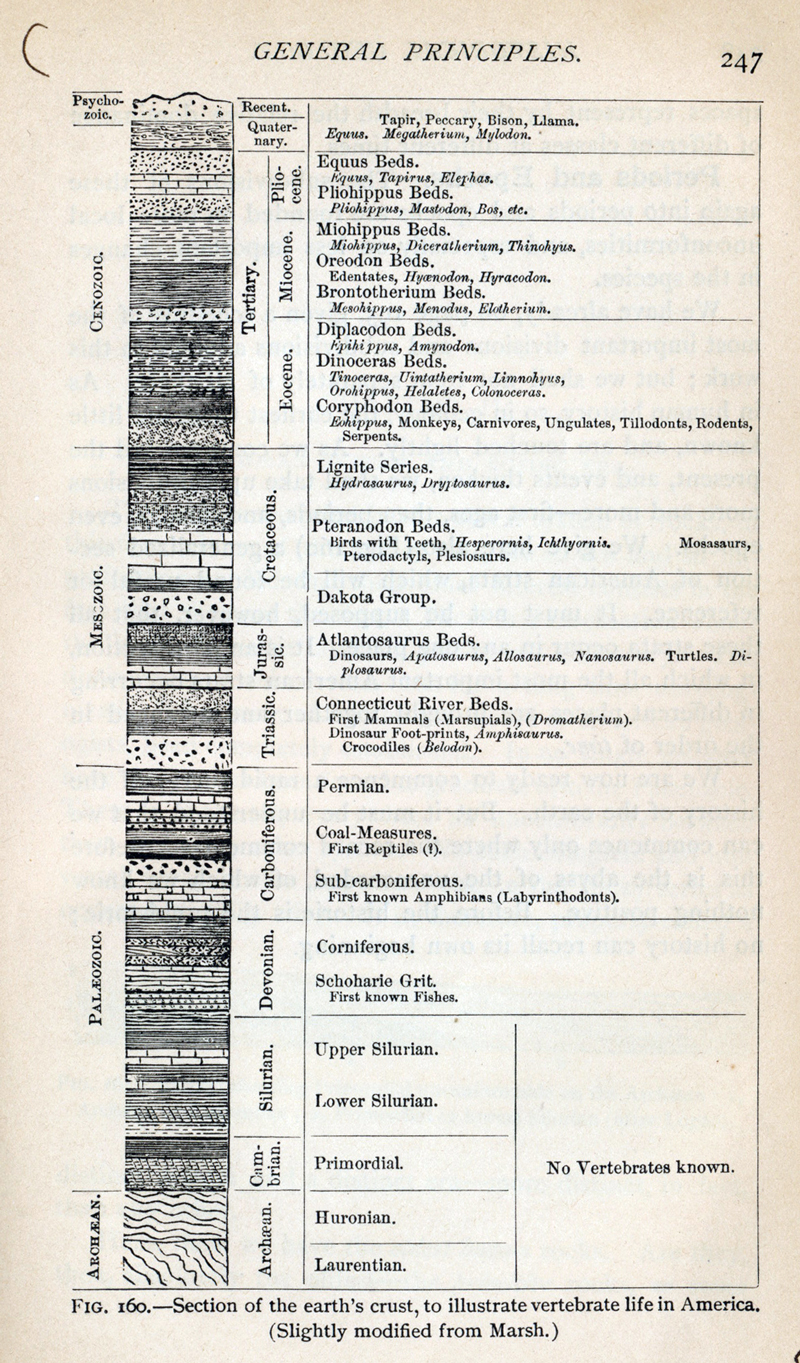I found this a few months ago and I have had one geologist look at it and they couldn't tell me what it was, I have since had a search around online and found that it has alot of features that a meteorite would have, it is magnetic and pretty heavy for its size.
If anyone can help with this it would be much appreciated





If anyone can help with this it would be much appreciated

Attachments
Upvote
11











